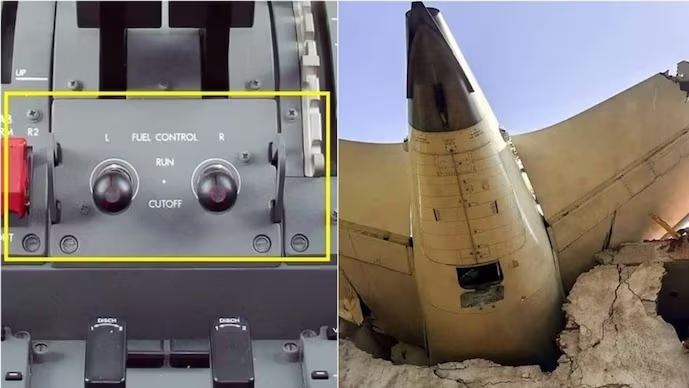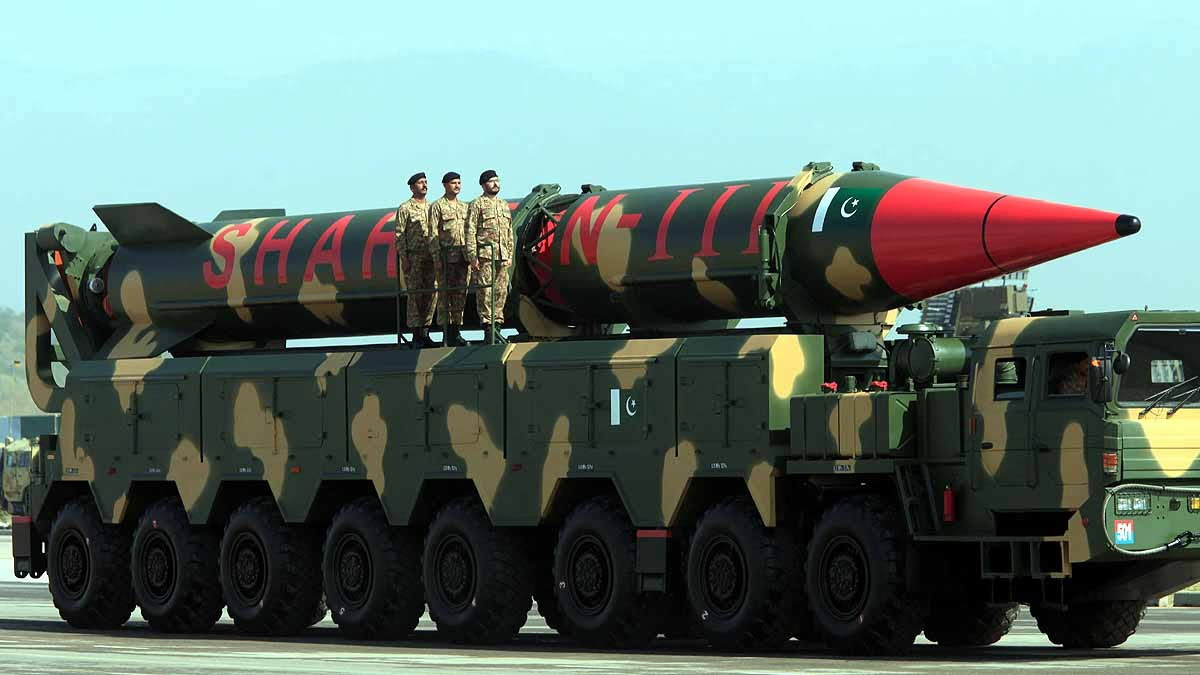On Tuesday, Air India announced that it has completed a precautionary inspection of the fuel control switch (FCS) locking mechanism for its entire Boeing 787 and Boeing 737 fleet. In a statement, the airline confirmed that no discrepancies were found in the fuel switches during the inspection.
This action was taken after a tragic air incident on June 12. On that day, an Air India Boeing 787-8 Dreamliner, en route from Ahmedabad to London Gatwick, crashed after takeoff when it collided with a building. The accident resulted in the death of 260 people, including 19 who were on the ground. Of the 242 passengers aboard, only one survived.
Air India has reported that it had initiated this check even before the official directive from the DGCA on July 12. The company stated that the inspection was completed within the stipulated timeframe, and reports were submitted to the regulator. This assessment was conducted for both Air India and Air India Express fleets.
The DGCA had instructed airlines to inspect the fuel switch mechanisms
An Air India spokesperson stated, "No issues were identified with the locking mechanisms during the inspection. We remain committed to the safety of our passengers and crew." The confirmation follows a directive from the Directorate General of Civil Aviation (DGCA) that required inspections of the fuel control switch systems in Boeing and other aircraft operating in India.
Switches shifted from 'RUN' to 'CUT OFF' mode a second after takeoff
A preliminary report on the June 12 Air India crash, spanning 15 pages, revealed that the switches supplying fuel to the engines shifted from 'RUN' to 'CUT OFF' mode a second after takeoff, causing the fuel supply to the engines to freeze, leading to the disaster. According to the report, the plane reached a speed of 180 knots and crashed within 30 seconds. However, it was not confirmed in the report why the fuel switches disengaged during the flight.




